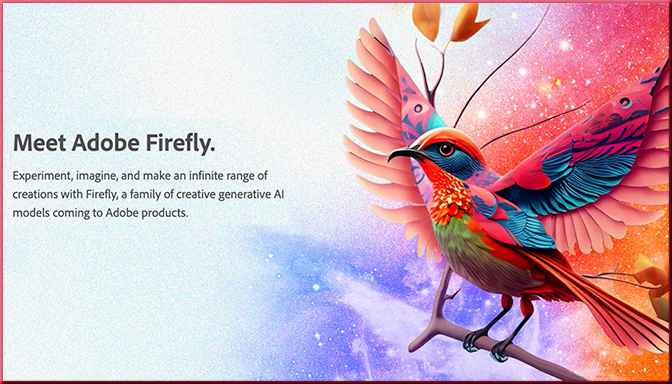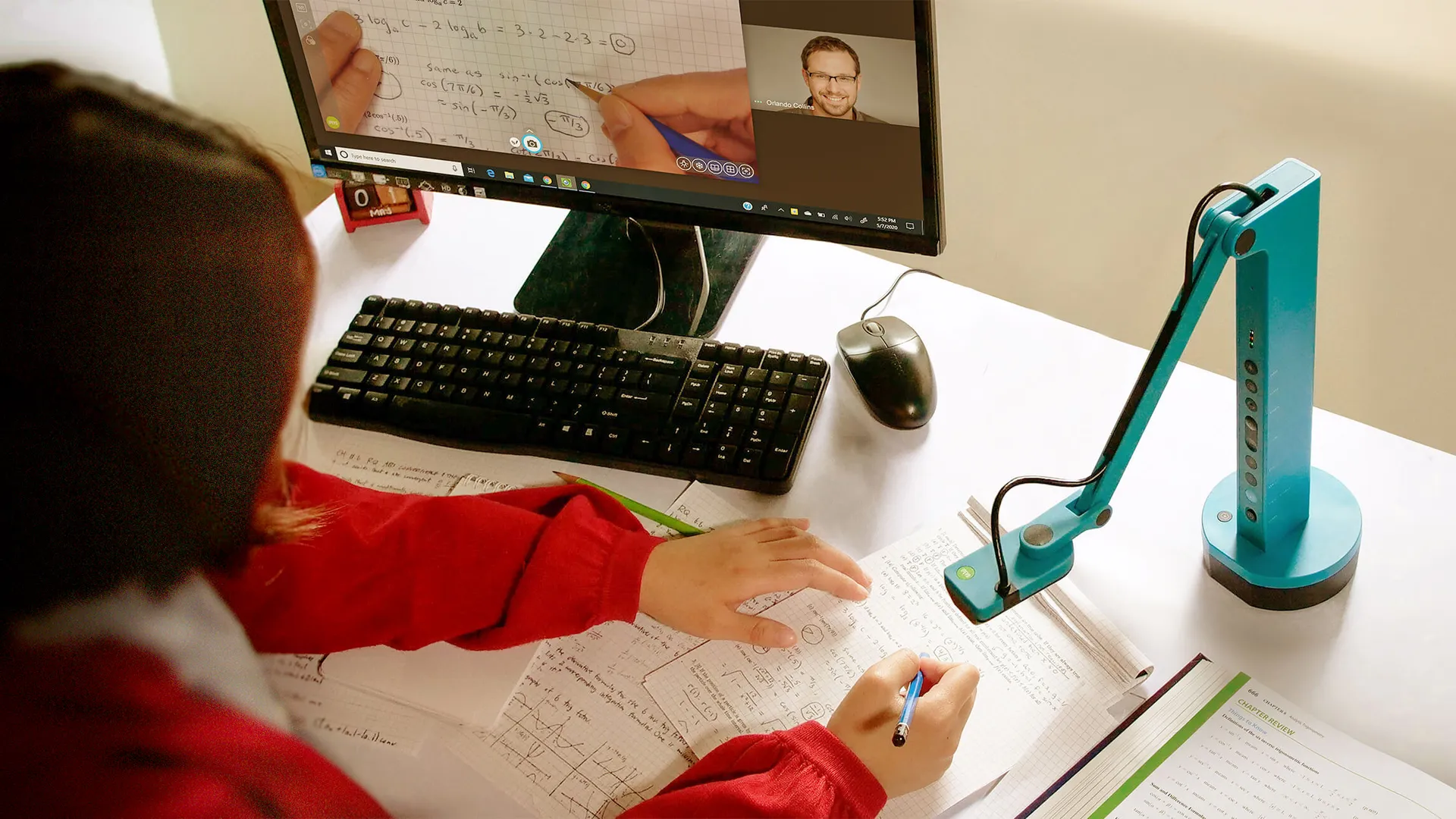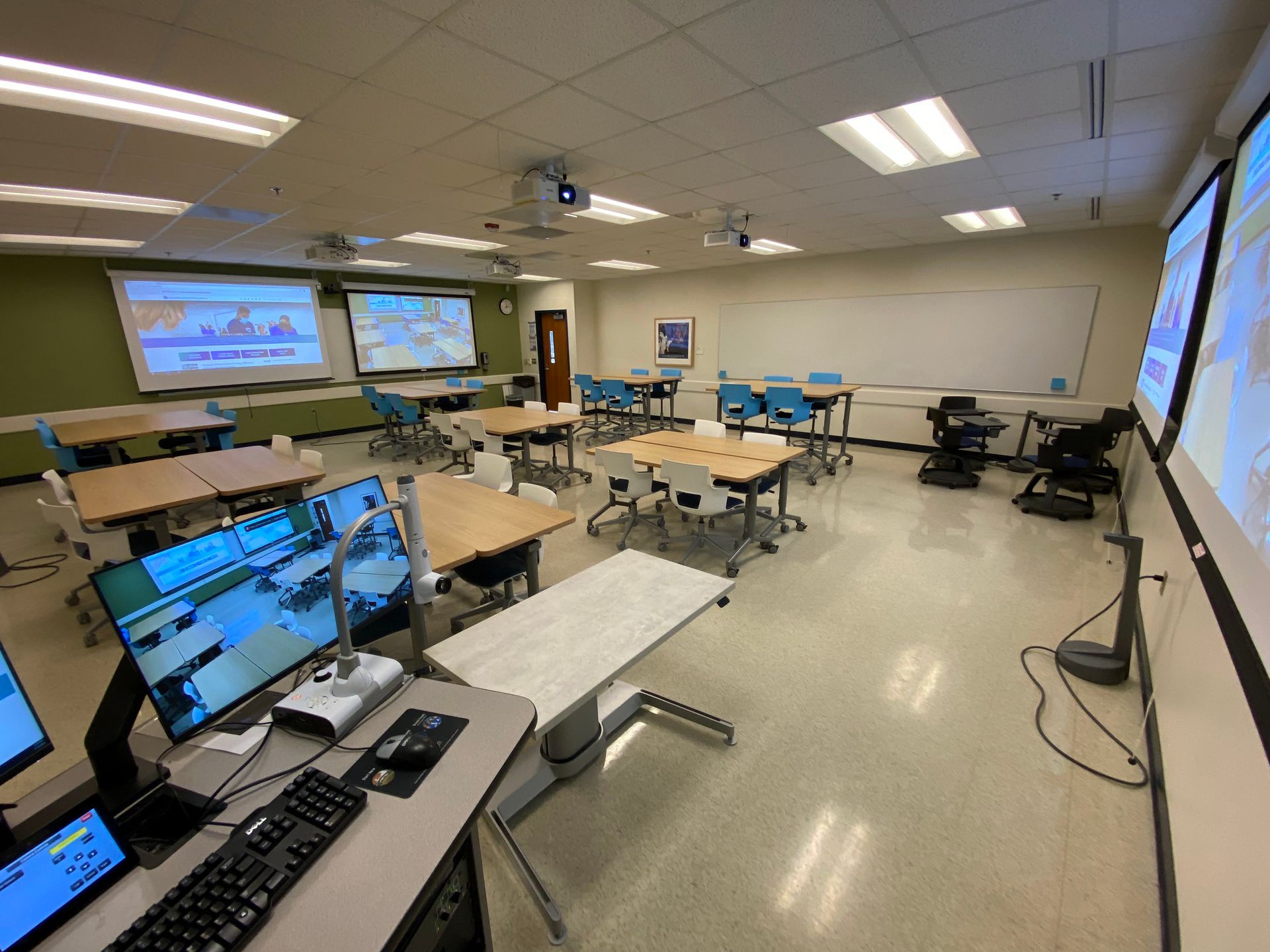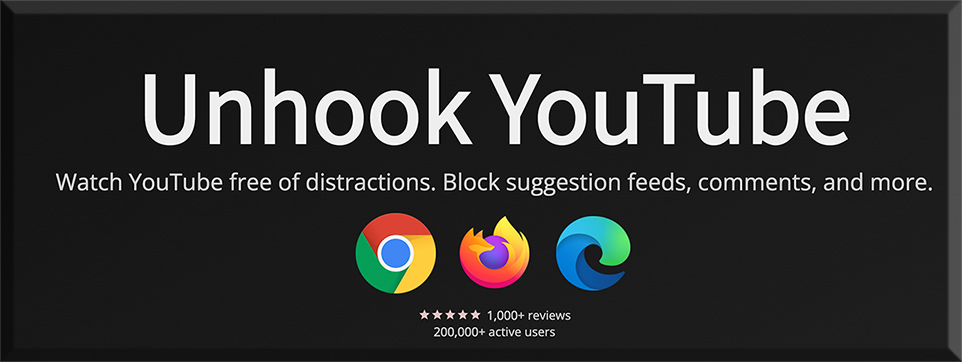Shared Course Preparation Checklist — from facultyecommons.com
Excerpt:
Utilizing the same master shell between multiple faculty is a great way to ensure students have the same experience regardless of who is facilitating the course. When developing and facilitating the course, you may want to consider the following areas within the course design and adjust elements to meet your personal preferences. You’ll want to review the following pages of the course and ensure the elements are tailored to meet your expectations and needs.
Rubric for Quality Course Videos — from facultyecommons.com
Excerpt:
Are you concerned about the quality of your recorded videos for your online courses? The Course Video Scoring Rubric below provides you with additional guidance on how to improve the quality of your online course multimedia content.
The rubric is divided into four criteria: Content, Audio, Visuals (Camera), and Visuals (Screen Capture). Each of those criteria contain multiple standards for which you can review your existing content. These specific standards are graded on a scale of 0-2 points, for a total of 26 points.
Download the Video Scoring Rubric to begin analyzing the video content in your courses! For more information on creating quality video in your online course, check out our on-demand webinar Recording Video for Your Online Course.
15 Insights From Learning Science That Help You Master New Things Faster — from medium.com by Eva Keiffenheim
Excerpt (emphasis DSC):
Learning how to learn is the meta-skill that accelerates everything else you do.
Once you understand the fundamentals of learning science, you can save hours every time you learn something new. You become more strategic in approaching new subjects and skills instead of relying on often ineffective learning methods many pick up in school.
…
Below are key insights I’ve learned about how we learn. Every single one will help you understand how your brain learns. By doing so, you’ll make better decisions on your journey to wisdom.
How Instructors Are Adapting to a Rise in Student Disengagement — from edsurge.com by Jeffrey R. Young
Excerpt:
SAN MARCOS, Texas — Live lecture classes are back at most colleges after COVID-19 disruptions, but student engagement often hasn’t returned to normal.
In the past year, colleges have seen a rise in students skipping lectures, and some reports indicate that students are more prone to staring at TikTok or other distractions on their smartphones and laptops during lecture class.
To see what teaching is like on campus these days, I visited Texas State University in October and sat in on three large lecture classes in different subjects.
ChatGPT Advice Academics Can Use Now — from insidehighered.com by Susan D’Agostino
To harness the potential and avert the risks of OpenAI’s new chat bot, academics should think a few years out, invite students into the conversation and—most of all—experiment, not panic.
Excerpt:
Faculty members and administrators are now reckoning in real time with how—not if—ChatGPT will impact teaching and learning. Inside Higher Ed caught up with 11 academics to ask how to harness the potential and avert the risks of this game-changing technology. The following edited, condensed advice suggests that higher ed professionals should think a few years out, invite students into the conversation and—most of all—experiment, not panic.
Next, consider the tools relative to your course. What are the cognitive tasks students need to perform without AI assistance? When should students rely on AI assistance? Where can an AI aid facilitate a better outcome? Are there efficiencies in grading that can be gained? Are new rubrics and assignment descriptions needed? Will you add an AI writing code of conduct to your syllabus? Do these changes require structural shifts in timetabling, class size or number of teaching assistants?
From DSC:
Faculty members, librarians, academic support staff, instructional designers, and more are going to have to be given some time to maneuver through this new environment. Don’t expect them to instantly have answers. No one does. Or rather, let me say, no one should claim that they have all of the answers.



















